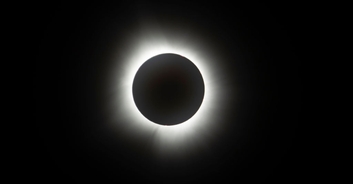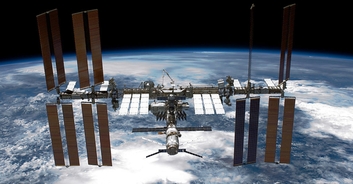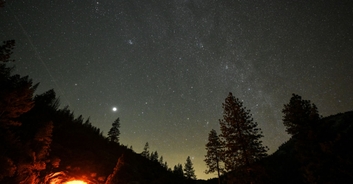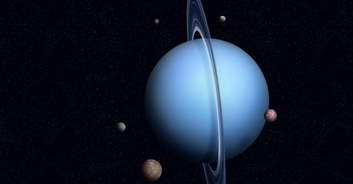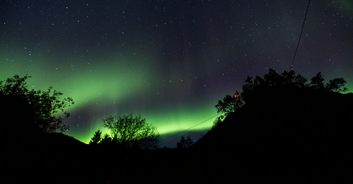We're in for a massive treat this year as 2024 is set to feature an incredible total solar eclipse.
According to Space.com, on April 8 over 31 million people in North America will be able to witness a total solar eclipse as it is set to span a whopping 115 miles (185 kilometers) wide and 10,000 miles (16,000 km) long.
Major cities, including San Antonio, Dallas, Austin, and Fortworth in Texas, as well as Indianapolis in Indiana, will be in the "path of totality" as the outlet described it, with Mazatlán and Torreón in Mexico and Montreal in Canada also being affected by the space phenomenon.
It has been described as one of "the most urban eclipses" for decades.

Michael Zeiler, an eclipse cartographer at GreatAmericanEclipse.com, told the outlet that this event will "envelop many millions of people."
"The total eclipse of the sun next April 8 will envelop many millions of people," he said via email. "31 million people already live inside the path within the U.S., and when you add the millions more Mexicans and Canadians in the path, plus the visitors who come to see totality, between 40 and 50 million people will witness the total solar eclipse."
While more American cities are in the pathway of the eclipse, due to the population density in Montreal, it will affect up to 1.79 million and is set to last almost a minute and a half, giving the public a full solar experience.
Next, all the cities in Texas are also in for a treat as their estimated combined total of 3.75 million people will be able to watch the eclipse for over two minutes, with folks in Fort Worth set to get the full experience for almost four minutes!
The other mentioned cities including Indiannopolis, and the cities in Mexico will also be witnessing the rare occasion for over two minutes.

Other incredible space events set to take place this year includes a Full Wolf Moon, a Trifecta of planets visible in night sky and a Perseid meteor shower.
The first of the events is going to happen later this month.
As per Fox News, the first full Moon of the year will rise in the east and peak at 12:54PM EST, meaning the best viewing in North America will be Thursday evening just after sunset.
Fun fact: The name of this particular event comes from when Native Americans noticed wolves howling in hunger at the moon.
The Trifecta of planets that are going to be visible in the night sky around mid-June consist of Mercury, Mars and Uranus, who will all line up during the early morning before sunrise.
Mercury will be apparent just after sunset and should be fairly bright. Both Mars and Uranus will appear close in the sky during what is known as a "conjunction."
And finally, we have the Perseid meteor shower which will occur just two months later.
Hailed as one of "the more anticipated meteor showers of the year" the Perseid meteor shower is set to peak on the night of August 12 and the morning of August 13 though it will occur on-and-off across the month.






